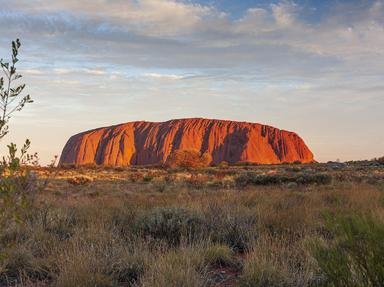Quiz Answer Key and Fun Facts
1. The opening line of the song "I Am Australian" is "I came from The Dreamtime". What is "The Dreamtime"?
2. Verse two of "I Am Australian" describes a group of people who are the ancestors of about one Australian in five. Which group "bought the land, endured the lash and waited for the rain"?
3. Verse three of "I Am Australian" begins: "I'm the daughter of a digger who sought the mother lode". What were the diggers digging in the early days of Australia?
4. Verse three of "I Am Australian" concludes with the line "I'm a bushie, I'm a battler, I am Australian". What's a "bushie"?
5. The fourth verse of "I Am Australian" contains the line: "I am Albert Namatjira, and I paint the ghostly gums". Who was Albert Namatjira?
6. Another cultural reference in verse four of "I Am Australian" speaks of "Clancy on his horse". Who was Clancy?
7. Verse four of the song "I Am Australian" refers to "Ned Kelly on the run". Who was Ned Kelly?
8. Near the end of verse four of "I Am Australian" is the line "I'm the one who waltzed Matilda". Who or what was Matilda?
9. Verse five of "I Am Australian" makes an oblique reference to a poem by Dorothea Mackellar with "the drought and flooding rain". What is the title of the poem?
10. The fifth verse of "I Am Australian" contains the line "the rivers when they run" which is a subtle reference to which novel by Australian author Nancy Cato?
Source: Author
Jdeanflpa
This quiz was reviewed by FunTrivia editor
LeoDaVinci before going online.
Any errors found in FunTrivia content are routinely corrected through our feedback system.
